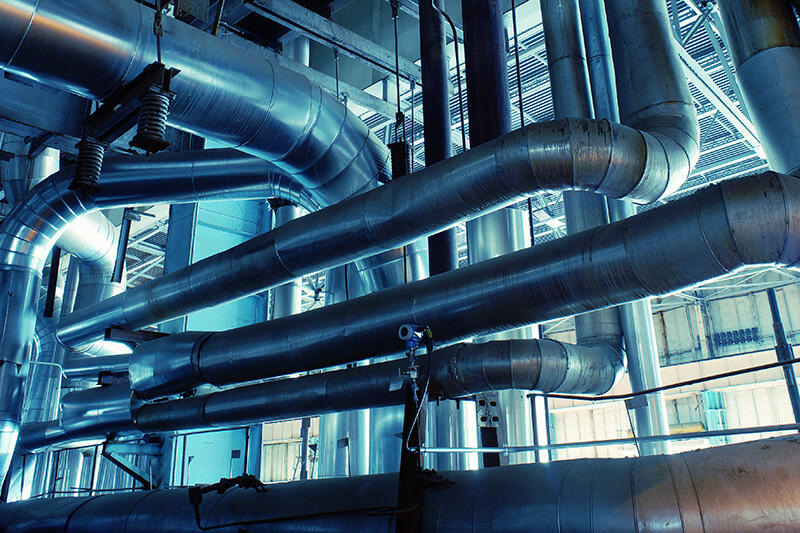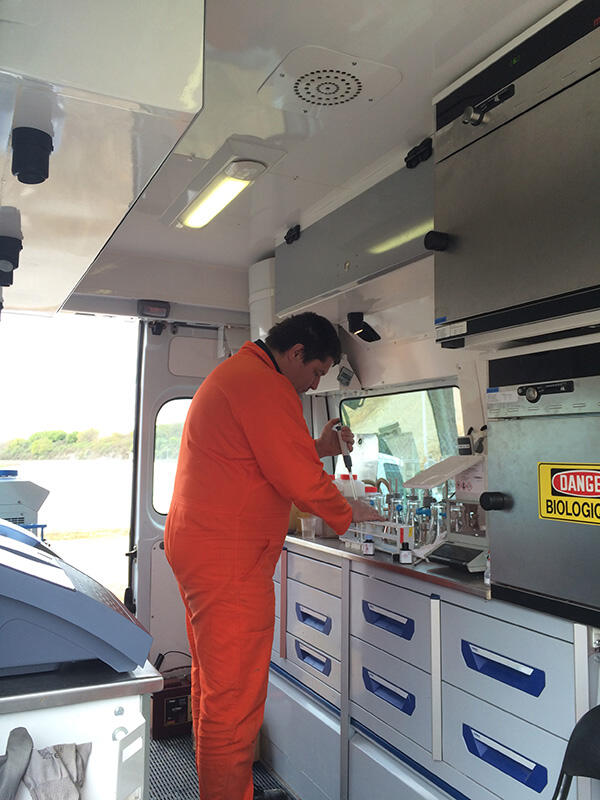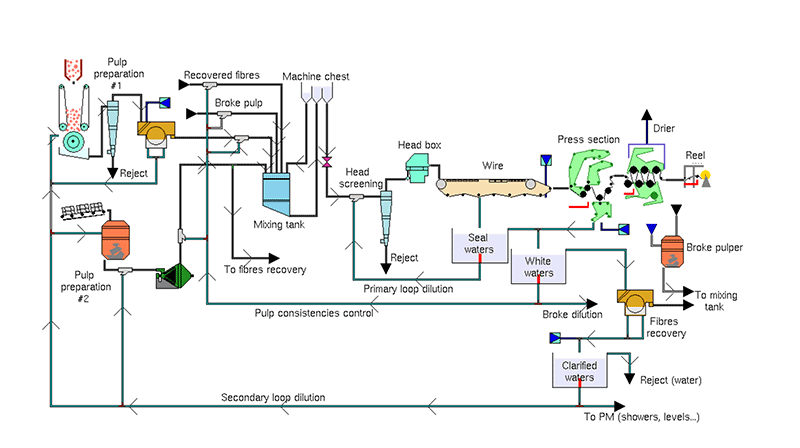
Management of water use
Making further progress towards sustainable water management in paper production
- Reduce water abstraction by improving circuit management on papermaking sites
- Anticipate restrictions applied under drought regulations
- Perform an expert appraisal on site for application of Best Available Techniques (BAT)
- Set up a progressive improvement plan (good practices, maintenance, equipment, etc.)
Generate Value...
The CTP proposes scientific expertise and technical resources to improve management of fresh water and process water. We have already worked with over 50 companies in Europe.
Based on a tried and tested methodology, our experts help you to minimise volumes of fresh water abstracted and wastewater discharged from plants, and to anticipate future water shortages whilst maintaining product quality.
These services allow seasonal variations in water resources (in terms of volume and quality) to be anticipated, in order to negotiate with authorities regarding the limit values for fresh water abstraction and wastewater discharge when prefectoral decrees or decrees issued during droughts are reviewed. Through such studies, the CTP has been able to make recommendations achieving water savings of 20 to 75%.

Papermaking circuits
Context and performance
Seasonal and climatic variations in water resources and increasingly stringent local regulatory constraints are encouraging papermaking plants to reduce their use of fresh water and production of wastewater to limit their impact on the natural environment. However, reducing water use cannot be considered simply in terms of a hydraulic process. The methodology developed by the CTP takes into account the effect of concentration within circuits of dissolved and colloidal organic and mineral matter, in order to maintain process performance and preserve the quality of the final product.

The CTP’s mobile laboratory truck
Content of services
The experts at the CTP will visit your site to map out your water and pulp circuits and analyse your process and your water management practices. They will identify and quantify the various uses of fresh water, evaluate the physical and chemical quality of process water, and perform hydraulic and mass balances (flow rates, COD, suspended solids, specific pollutants, etc.).
Concentrations of salts are also measured in order to determine the ionic balances.
Using both this data and its simulation tools (PS2000 & PhreeQC), the CTP constructs a simplified digital ‘twin’ of your plant. This then becomes a tool for simulating scenarios to reduce fresh water use, reuse process water or treated effluent, and propose a reorganisation of your circuits whilst predicting the quality of process water and wastewater: COD, pH, conductivity, majority ions (risk of scaling or disturbance of chemical balance).
Deliverables
The CTP draws up a report containing the results and recommendations, specifically for the requested areas of expertise:
- Critical assessment of process water management
- Evaluation of the potential fresh water savings
- Simulation of various water management strategies (using PS2000)
- Chemical characteristics of process water following implementation of the proposed new strategies (using PhreeQC).
